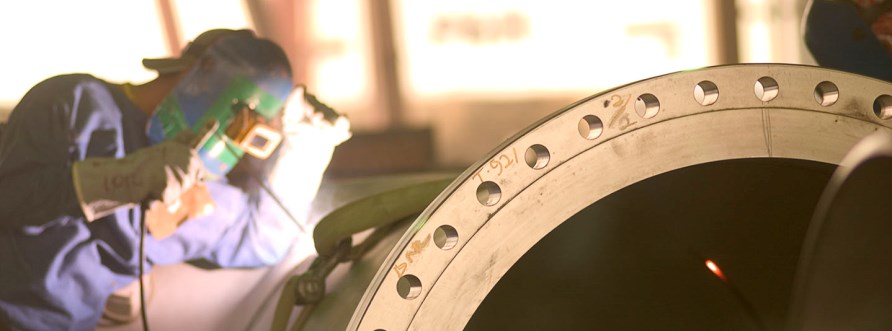
Construction Workforce Development Committee
The Workforce Development Committee’s purpose is to help develop new initiatives for innovative recruitment strategies for the next generation of construction workers. In addition to standard industry needs, efforts also include recruitment solutions for those with skills and training in technology, accounting, environmental compliance, and worker health and safety.
Strategies for Construction Workforce Development
The Workforce Development Committee’s purpose is to help develop new initiatives for innovative recruitment strategies for the next generation of construction workers. In addition to standard industry needs, efforts also include recruitment solutions for those with skills and training in technology, accounting, environmental compliance, and worker health and safety. Convincing people to take jobs in the construction industry isn’t always easy. CURT’s Construction Workforce Development Committee strives to help its members do just that. In addition, AsphaltPro shares several strategies for construction workforce development. These include:
- Developing a recruitment pipeline
- Looking for employees in unlikely places
- Learning how to motivate millennials
- Modernizing facilities and mindsets
- Paying attention to existing employees
- Tracking what does and doesn’t work
- Communicating the value of construction careers
Construction Workforce Development Committee Objectives
Construction Labor Market Analyzer®
Promote the Construction Labor Market Analyzer® to facilitate a more practical understanding of skilled labor requirements and availability for effective knowledge of wage and per diem escalation trends and labor risk management.
Effective Workforce Methods
Promote effective methods for workforce recruitment, training and retention, including partnerships with existing organizations that attract, train and retain construction industry workers.
Progressive Labor Alliances
Establish progressive alliance with labor—both union and open shop.
Contractor Workforce Development
Promote contractor pre-qualification through the Contractor Workforce Development Assessment (CWDA), which enables CURT Owners to measure contractors’ workforce development programs to drive skilled labor growth to help prevent shortage-related challenges.
Skilled Craft Support
Recognize outstanding efforts that alleviate skilled craft shortages and promote skilled-trades training and journeyman upgrading.
Workforce Procurement Initiatives
Promote sensible management practices and policies that positively affect workforce procurement. CURT has developed several initiatives to address and improve the construction industry on a variety of levels. These groups are operated by CURT member volunteers and, in some cases, representatives from other industry-related organizations. The following is one of those initiatives.
CURT Tripartite Initiative
The mission of the CURT Tripartite Initiative (CTI) is to improve the cost-effectiveness of the organized construction industry through meaningful dialogue, collaboration and mutual commitment to positive change for Owners, contractors and building trades unions. Established in 2003, the Tripartite Initiative organized a forum of construction industry leaders representing organized labor, contractors, national trade associations and the Owner community.
Although the CTI is an Owner-driven initiative, CURT’s position is that contractors and building trade leaders must be engaged as full partners in defining the fundamental problems and in finding solutions to challenges facing the organized sector of the construction industry. Only by working together can we create a win-win-win scenario for all parties involved.
About CURT Active Member Committees
In order to create a competitive advantage and provide aggressive leadership for construction users around the globe, CURT has established working committees and task forces—led by CURT member leaders—to address core initiatives that affect the construction industry on a daily basis.
The CURT Executive Committee appoints committee and task force chairs and co-chairs annually. CURT forms ad hoc committees as needed to address critical issues.
